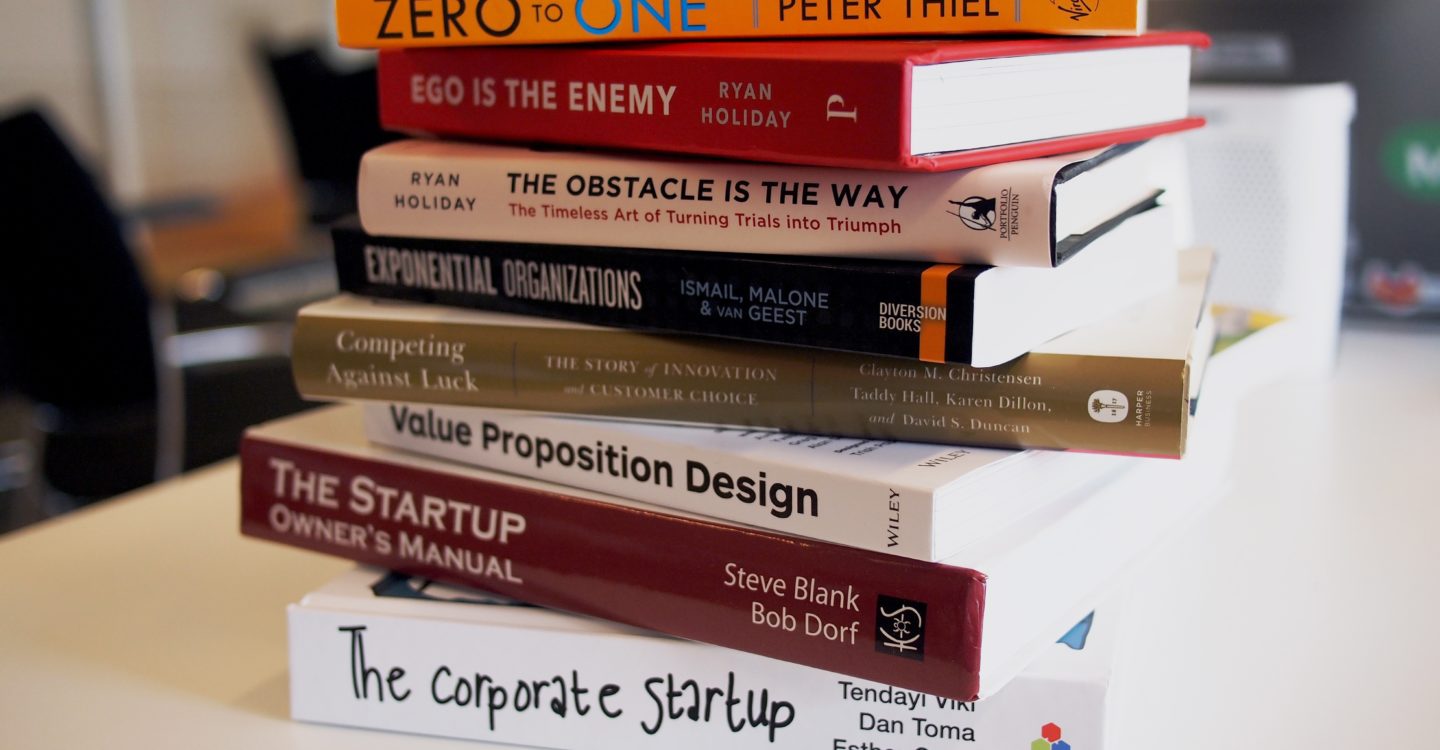In the year 2020, “Innovation” should be an increasingly popular C-table topic of discussion. Being it as a short-term vs long-term strategic challenge for some and still one big grey area for others. The urge to do innovate, as well as the exact how-to, differs amongst an organization’s industry and market position. However, considering innovation’s disruptive impact on both business and society, potential threats and opportunities can no longer be ignored in 2020.
Many companies have once been traditionally built upon one core capability and expanded their business around that. Often, research and developments have been noted as “Innovative” as they improved business. It makes it more efficient (cost-saving) or more valuable (money-making). And up to today, some of these organizations still run profitable. Yet, times are a-changing – and they do so fast. Past performance is no guarantee of future returns. The ones that aren’t hungry for the new risk to be eaten themselves.
The struggle.
Following the McKinsey Innovation Horizons, for organizations to innovate it requires them to continuously evaluate core competences (H1), while extending to potential new clients, partners or markets (H2) and creating new capabilities to drive (or respond to) future disruptive innovation (H3). Each horizon holds a different focus regarding timing, resources and goals – therefore, requires different kind of professionals on both strategic and executional level.
Doing what you have always done in a better way (H1) is all about blending the new with the old, complementing on traditional strengths. It requires fresh perspectives, problem-solving and opportunity seeking skills. There are many success cases of specialised Innovation teams operating through the organizational matrix horizontally. It consults on how to challenge the status quo and where to improve. The same holds for intrapreneur programs or incubator initiatives. Although there are many bottlenecks to name in the H1 contexts, the bigger struggles arise in H2 and H3 issues.
We have touched upon “Digital Transformation” before, emphasizing on new technologies to constantly emerge and radically reshape industries, markets and competitive environments. The costs and effort for starting a business are low, which makes new competition arrise quickly. Merging businesses flourish, business models are reinvented and business processes are reimagined due to the opportunities digital technologies unlock. This brings H2 and H3 innovation way closer ahead than McKinsey´s model originally expected. To keep up with market dynamics and stay ahead or at least on par with competition and new market players, organizations should (at least prepare to) innovate disruptively on H2 and H3 level. To safeguard today’s revenue – but surely tomorrow’s reason for existing.




